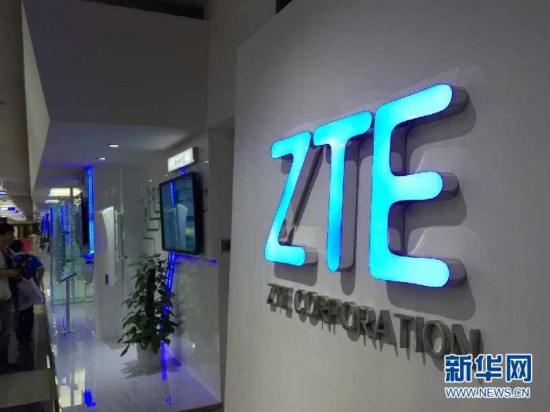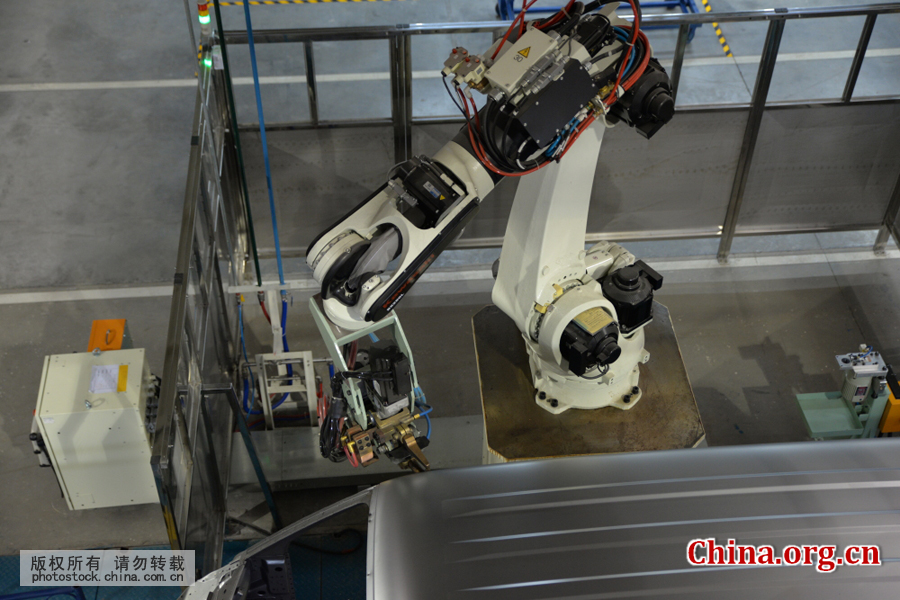ahojunk
RETIRED INTL MOD

- Joined
- Nov 17, 2014
- Messages
- 5,118
- Reaction score
- 6
- Country
- Location
GM China sales up 5.7% in October
2016-11-05 12:35 | Xinhua | Editor: Mo Hong'e
General Motors (GM) announced on its website Friday that the U.S. automaker and its joint ventures in China sold record 345,733 vehicles in China in October this year, up 5.7 percent year on year.
Total sales of GM and its joint ventures in China came to more than 3.06 million units in the first 10 months, up 8.6 percent.
Sales of Luxury Cadillac are particularly strong in China, totaling 12,502 units in October, soaring 117.2 percent year on year. The growth of Cadillac sales in China stood at 43 percent in the first 10 months.
Buick sales rose 3.4 percent to 105,071 units; Chevrolet climbed 2 percent to 52,195; Baojun increased 30 percent to 67,169; only Wuling sales dropped 6.9 percent to 108,760 units.
China is GM's largest sales market in the world.
2016-11-05 12:35 | Xinhua | Editor: Mo Hong'e
General Motors (GM) announced on its website Friday that the U.S. automaker and its joint ventures in China sold record 345,733 vehicles in China in October this year, up 5.7 percent year on year.
Total sales of GM and its joint ventures in China came to more than 3.06 million units in the first 10 months, up 8.6 percent.
Sales of Luxury Cadillac are particularly strong in China, totaling 12,502 units in October, soaring 117.2 percent year on year. The growth of Cadillac sales in China stood at 43 percent in the first 10 months.
Buick sales rose 3.4 percent to 105,071 units; Chevrolet climbed 2 percent to 52,195; Baojun increased 30 percent to 67,169; only Wuling sales dropped 6.9 percent to 108,760 units.
China is GM's largest sales market in the world.


















